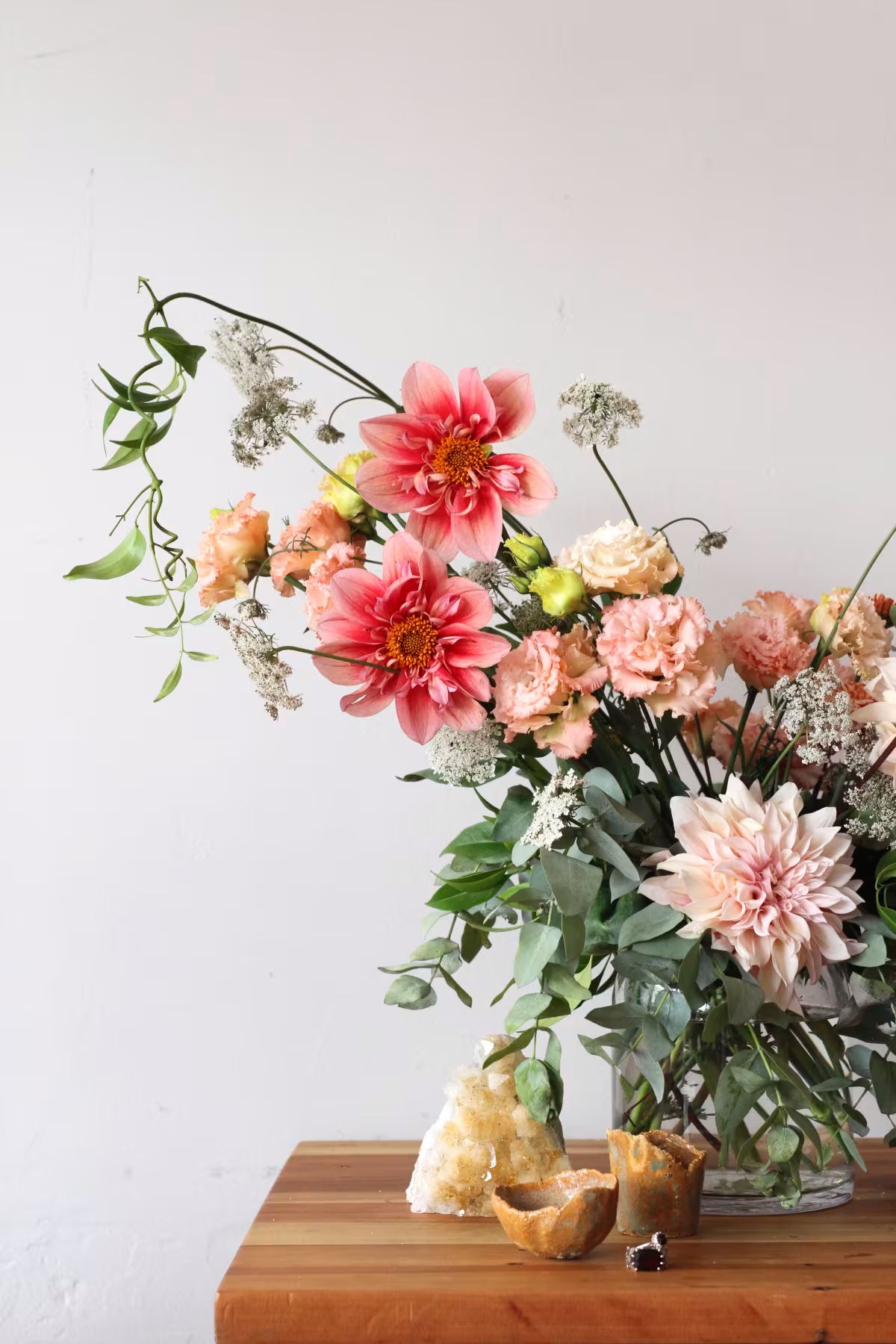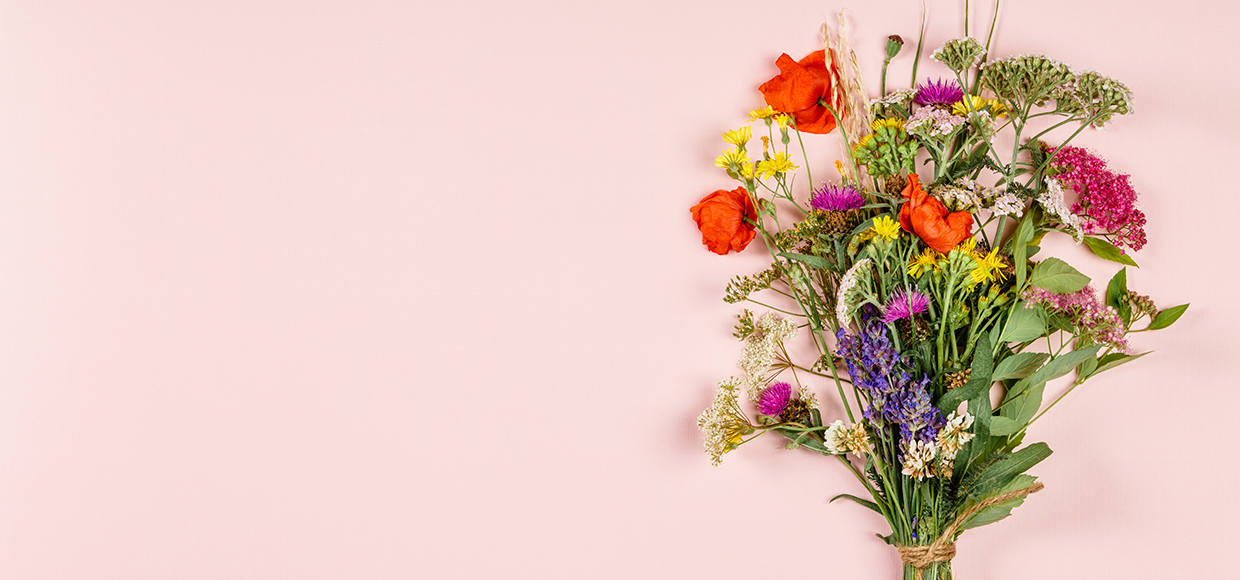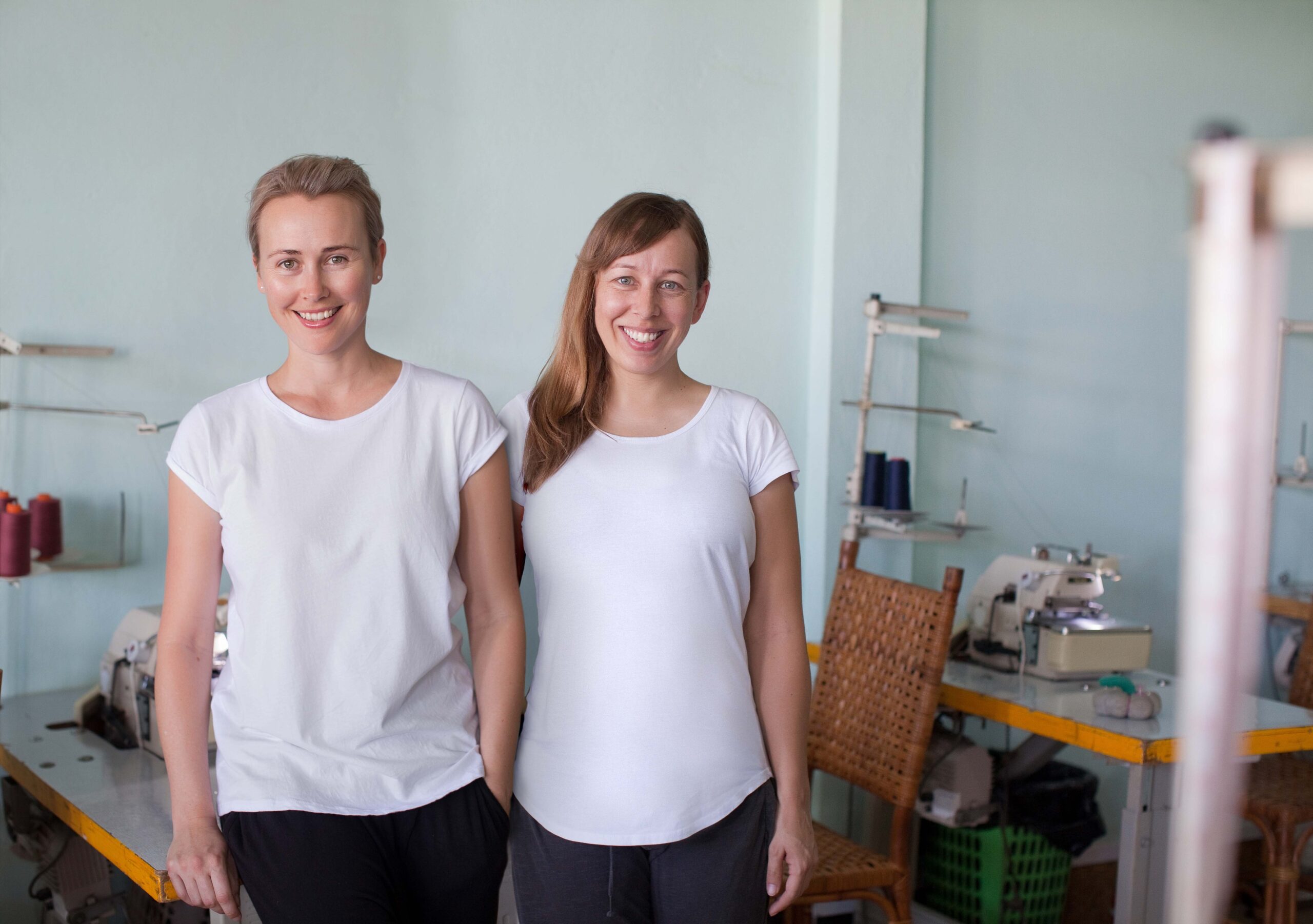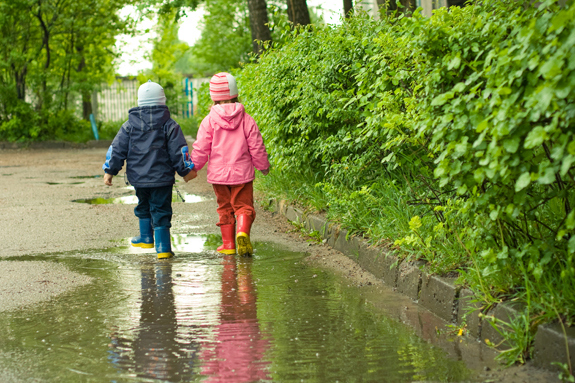If you are hosting friends and family over the summer months and want to create beautiful arrangements that are also sustainable, the answer might lie in your own backyard. Eco-florist Rosa Rowan shares her secrets to creating arrangements that respect the earth they came from.
“Most people don’t realise how abundant their own neighbourhood is,” says Rowan, who loves to forage around her local area for interesting branches, leaves and the occasional fruit or vegetable offering, even incorporating a small branch of plums into a wedding arrangement.
“When I was working part-time in a traditional florist, I noticed how unsustainable many of the practises were and how traditional and structured many of the arrangements looked back then,” she says. When planning her own wedding, Rowan decided to take a different approach, doing the flowers herself. She sourced mostly local, seasonal and some foraged items for her chosen arrangements and bouquets, with poppies in her hair. Demand soon grew for her unstructured and striking arrangements, with their organic shapes. Using a regular green waste collection means she is not adding to landfill, and she steers clear of using heavily dyed or manufactured raffias and ribbons or papers. Natural string from Trade Aid and a collection of recycled saris cut into strips are staples in her home studio in Mount Eden, Auckland.
Rowan has scoped out her neighbourhood and often finds jasmine, rosemary and eucalyptus (for the bonus of a beautiful scent), along with an abundance of Queen Anne’s lace. As with any art form, fashions change and Rowan’s wilder aesthetic has become more popular.

Sustainable flower arranging
· Try foraging in your local area for grasses, branches or wild flowers or asking neighbours or friends if you can have a sprig from their herb garden. You could also offer to help prune.
· Buy locally grown flowers or plants where possible.
· Choose items that are in season.
· Dispose of green waste properly through a council service or compost.
· Use recycled items, such as fabrics, string and op-shop pots and vases, instead of buying cheaply made and often lower quality items.
· Connect with local growers and co-ops.
· Grow your own flowers and herbs.
· Use chicken wire in place of the green florist foam, which is not biodegradable.







